Shakira, in the kaleidoscope of Colombian music, one luminary stands out with an undeniable star power that transcends borders – Shakira. Born Shakira Isabel Mebarak Ripoll on February 2, 1977, in Barranquilla, Colombia, she is more than an artist; she is the Queen of Latin Pop, a symbol of rhythmic rebellion, and a global icon whose music has become the heartbeat of millions. This is the captivating biography of Shakira, a tale that intertwines her journey from a coastal town to international stardom, showcasing the indomitable spirit of a woman who dances to the beat of her own drum.
Early Rhythms: Barranquilla’s Influence
Shakira’s journey began in the vibrant city of Barranquilla, where the rhythm of the Caribbean Sea meets the soulful beats of Colombia’s musical heritage. From a young age, Shakira was immersed in a multicultural tapestry that would later infuse her music with a unique blend of influences. The cultural mosaic of Barranquilla became the fertile ground where her artistic seeds were planted.
La Magia de Shakira: Early Musical Awakening
As a child, Shakira’s fascination with music was ignited by her Lebanese and Colombian heritage. Her exposure to diverse musical genres, from traditional Middle Eastern rhythms to Colombian cumbia, laid the foundation for the eclectic sound that would define her later work. At the tender age of eight, Shakira wrote her first song, a harbinger of the prodigious talent that would soon captivate the world.
Magia and Peligro: Debut Albums and the Emergence of a Star
In 1990, at the age of 13, Shakira released her debut album, “Magia,” showcasing her songwriting skills and a voice that carried the weight of emotional depth beyond her years. The album, though a modest start, hinted at the raw potential that would blossom in the years to come.
Her subsequent album, “Peligro,” released in 1993, marked a departure from the bubblegum pop of her debut, revealing a more mature and rebellious Shakira. Despite the album’s commercial challenges, it was a stepping stone that propelled her towards self-discovery and artistic evolution.
Pies Descalzos: A Breakthrough Moment
It was the release of “Pies Descalzos” (Barefoot) in 1995 that catapulted Shakira into the Latin American music spotlight. The album, with its fusion of rock, pop, and Colombian rhythms, marked a turning point in her career. The single “Estoy Aquí” (I Am Here) became an anthem, showcasing Shakira’s ability to captivate audiences with her distinctive voice and dynamic stage presence.
“Pies Descalzos” not only solidified Shakira’s status as a rising star but also laid the groundwork for her international breakthrough. The album’s success paved the way for a new era in Latin music, with Shakira at the forefront of a musical revolution.
Dónde Están los Ladrones?: Shattering Barriers and U.S. Success
In 1998, Shakira released “Dónde Están los Ladrones?” (Where Are the Thieves?), an album that would shatter linguistic barriers and announce her arrival on the global stage. The album’s eclectic mix of rock, pop, and traditional Colombian sounds showcased Shakira’s versatility as an artist.
The single “Ciega, Sordomuda” (Blind, Deaf, and Dumb) became a chart-topping hit, and the album earned critical acclaim, garnering Grammy nominations. Shakira’s dynamic persona, both as a performer and songwriter, resonated with audiences beyond the Spanish-speaking world, marking the beginning of her crossover success.
Laundry Service: Hips Don’t Lie and Global Domination
In 2001, Shakira released “Laundry Service,” an album that would redefine the landscape of Latin pop. The lead single, “Whenever, Wherever,” with its infectious chorus and irresistible beats, became a global phenomenon. The now-iconic track “Hips Don’t Lie,” featuring Wyclef Jean, further solidified Shakira’s status as a global pop sensation.
“Laundry Service” showcased Shakira’s linguistic dexterity, with the album featuring tracks in both Spanish and English. This bilingual approach proved to be a masterstroke, opening doors to a vast international audience and establishing Shakira as a cross-cultural musical force.
Shakira’s Distinctive Sound: The Fusion of Styles
What sets Shakira apart is her ability to seamlessly blend a myriad of musical styles. Her music is a fusion of rock, pop, reggae, Middle Eastern influences, and the unmistakable beats of Colombian cumbia and vallenato. This amalgamation of sounds creates a sonic palette that is uniquely hers, defying categorization and resonating with a diverse audience.
Shakira’s distinctive vocal delivery, characterized by its throaty timbre and emotive quality, adds another layer of depth to her music. Her songs are not merely compositions; they are canvases painted with a vibrant array of emotions, from the sultry tones of sensuality to the anthemic chants of empowerment.
Shakira’s Dance: The Language of Expression
Beyond her musical prowess, Shakira’s dance has become a signature element of her performances. Her ability to command the stage with a blend of belly dancing, hip-shaking, and energetic choreography adds a visual dimension to her artistry. Shakira’s dance is a language of expression, a celebration of femininity, and a testament to the power of movement as a storytelling device.
The iconic hip-shaking in “Hips Don’t Lie” and the intricate belly dancing in “Ojos Así” (Eyes Like Yours) have become synonymous with Shakira’s brand. Her dance is not merely a performance; it is a form of communication that transcends language, connecting with audiences on a visceral level.
Motherhood, Activism, and Philanthropy
Amidst her musical triumphs, Shakira’s personal life has been marked by significant milestones. In 2011, she welcomed her first child, Milan, with Spanish footballer Gerard Piqué. The couple later expanded their family with the birth of Sasha. Shakira’s journey into motherhood has influenced her art, inspiring songs that reflect the joys and challenges of parenthood.
In addition to her roles as a musician and mother, Shakira is an advocate for education and child welfare. The Barefoot Foundation, founded by Shakira in 1997, focuses on providing quality education to underprivileged children in Colombia and around the world. Her philanthropic endeavors reflect a commitment to making a positive impact beyond the realms of entertainment.
Shakira’s Continued Relevance: El Dorado and Beyond
In 2017, Shakira released “El Dorado,” an album that continued her tradition of musical innovation. The album featured collaborations with artists like Maluma, Carlos Vives, and Nicky Jam, showcasing Shakira’s ability to seamlessly integrate her sound with diverse musical styles.
The single “Chantaje” with Maluma became a global hit, further cementing Shakira’s reputation as a trendsetter in Latin music. Her ability to stay relevant in an ever-evolving music industry is a testament to her adaptability and continued commitment to pushing artistic boundaries.
Conclusion: Shakira’s Enduring Legacy
Shakira’s biography is a testament to the transformative power of music and the ability of an artist to transcend cultural and linguistic barriers. From Barranquilla to the global stage, Shakira’s journey is a celebration of rhythm, rebellion, and the unyielding spirit of a woman who has left an indelible mark on the world of music.
As we dance to the beats of Shakira’s chart-topping hits, we are reminded that her legacy is not just about the catchy tunes and electrifying performances; it’s about the fearless pursuit of artistic expression and the belief that music can be a unifying force, connecting hearts across continents. In the ever-evolving symphony of Shakira’s career, the Queen of Latin Pop continues to reign, her melodies echoing through time as an anthem of empowerment and cultural celebration.
.- Youtube Feature Video: Shakira – Waka Waka (This Time for Africa) (The Official 2010 FIFA World Cup™ Song) Link here.






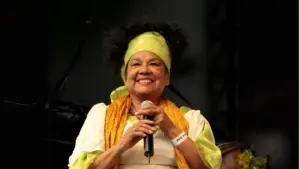




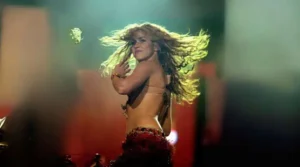



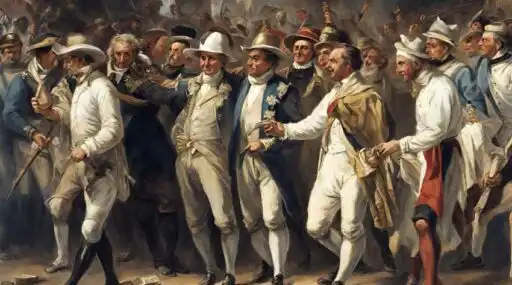
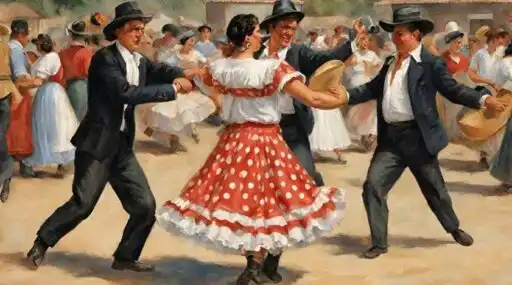

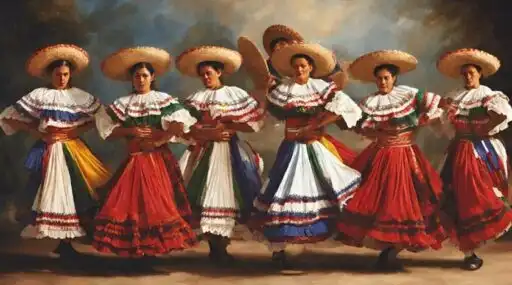

















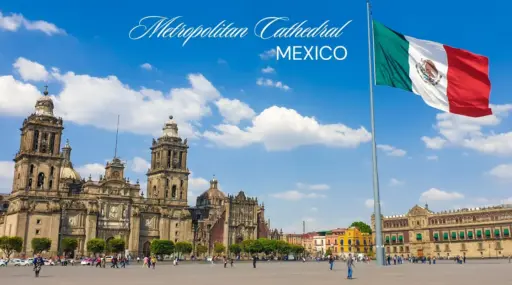






Leave a Reply